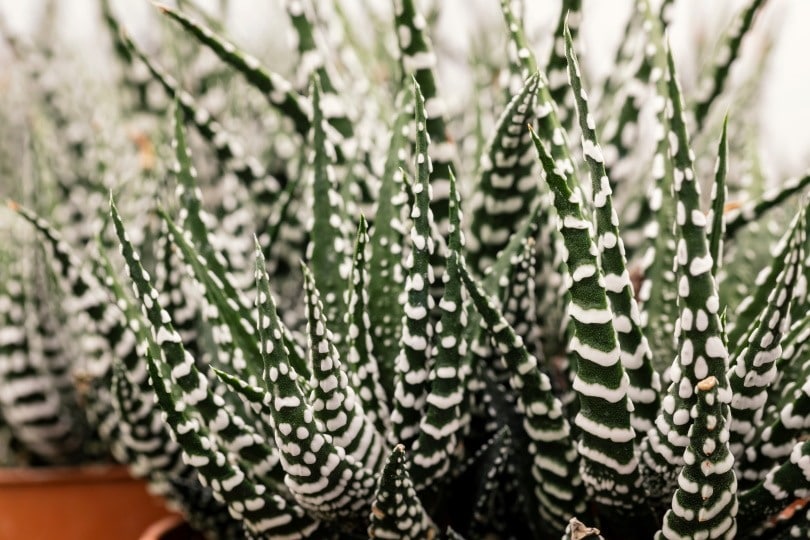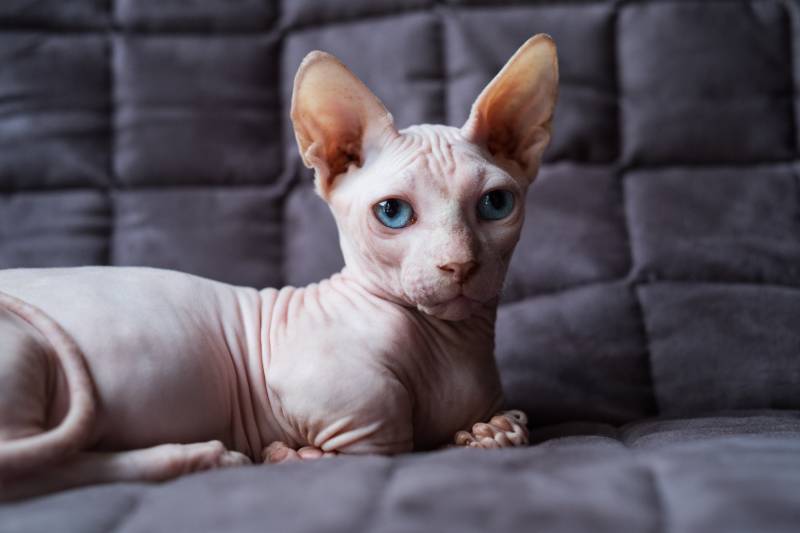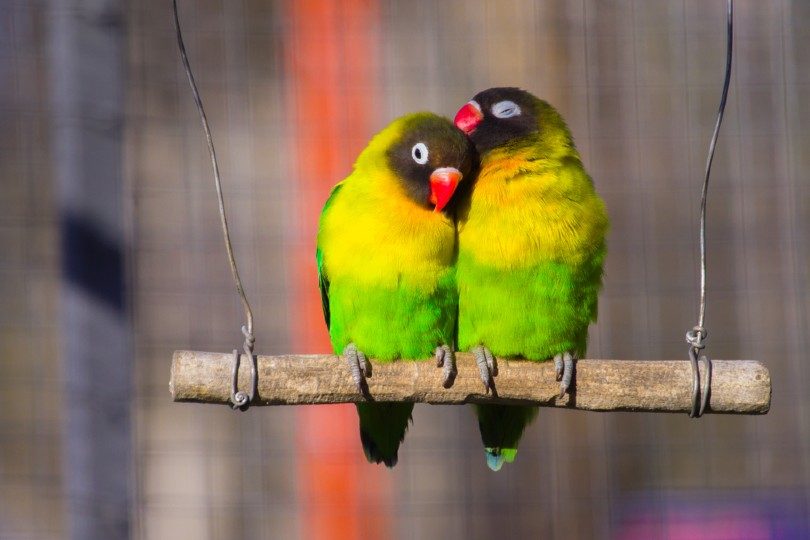VET APPROVED

The information is current and up-to-date in accordance with the latest veterinarian research.
Learn more »It’s no secret that cats love plants and being outdoors, but they can be a nuisance in the garden. Fortunately, there are a few plants that can keep cats away. Here are 10 that can keep your garden cat-free. These plants aren’t toxic or dangerous to cats but have distinct smells that most cats hate. Read on to learn more about these pungent plants and where to put them for the best results!

The 6 Plants to Keep Cats Away Safely
1. Christmas Cactus
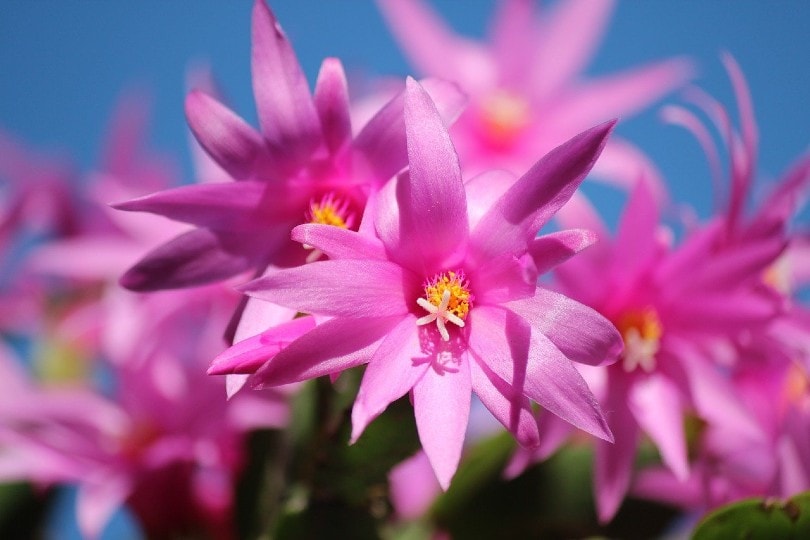
| Scientific Name: | Schlumbergera bridgesii |
| USDA Hardiness Zones: | 10–12 |
| Sun Exposure: | Partial shade, indirect sunlight |
| Soil Type: | Well-drained potting soil |
The Christmas cactus is ideal for sprucing up a room while keeping felines at bay. Cats generally avoid this pungent plant and stay away. Unlike another splendid but dangerous plant often given as a Christmas gift, the amaryllis1, the Christmas cactus is non-toxic for curious cats. You can plant this beauty in well-drained succulent soil and place it in a bright room, but be careful that it does not receive direct sunlight, or the leaves will turn yellow.
2. Chameleon Plant
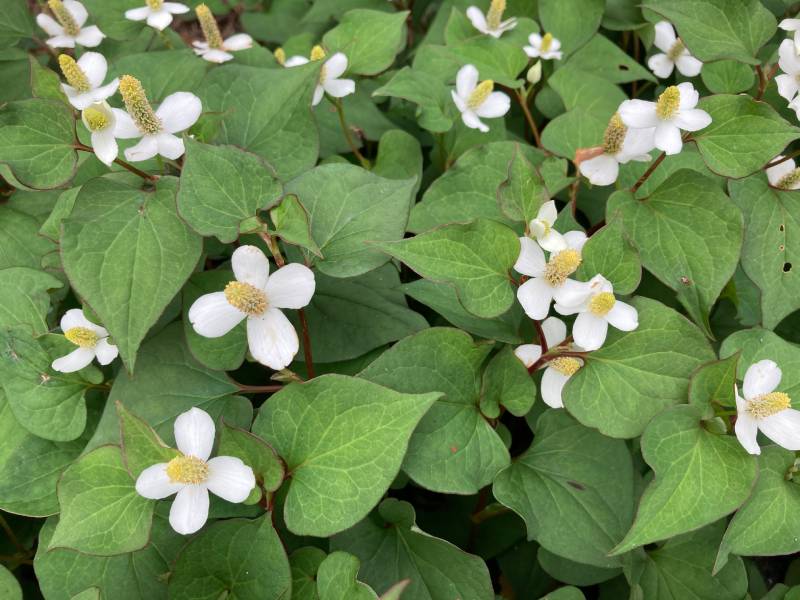
| Scientific Name: | Houttuynia cordata |
| USDA Hardiness Zones: | 5–11 |
| Sun Exposure: | Full sun/partial shade |
| Soil Type: | Moist, fertile soils |
Houttuynia cordata is a low-growing shrub with attractive red, white, and green leaves. It is a spectacular addition to flowerbeds, borders, and gardens and is an excellent ground cover.
This hardy perennial thrives in fertile soils. It covers the ground beautifully and smells like a mixture of pepper, citrus, and coriander. While non-toxic to animals, it scares cats away from the garden with its scent and dense carpet that impedes their movement.
3. Haworthia
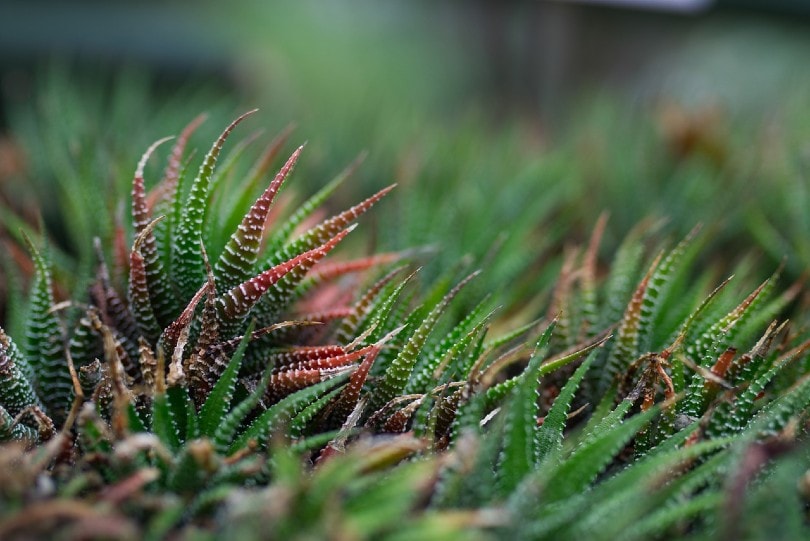
| Scientific Name: | Haworthia species |
| USDA Hardiness Zones: | 9–11 |
| Sun Exposure: | Partial shade |
| Soil Type: | Sandy, well-drained |
Many succulents are unattractive to cats due to their fleshy texture. The Haworthia, for example, is an ornamental succulent with long pointed leaves forming a rosette. It is unlikely that your cat will be interested in this plant because it bears little resemblance to the plants that they are used to snacking on.
Haworthia is hardy and grows easily in a poor, well-drained substrate like many succulents. Just avoid overwatering it and exposing it to direct sunlight.
4. Curry Plant
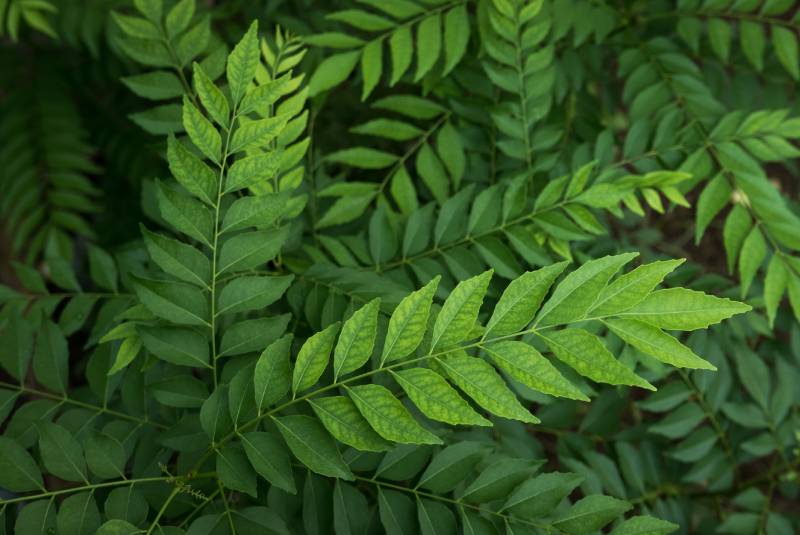
| Scientific Name: | Helichrysum angustifolium |
| USDA Hardiness Zones: | 7–10 |
| Sun Exposure: | Full sun/partial shade |
| Soil Type: | Sandy or loamy soils that are well-drained |
The curry plant is a bushy perennial distinguished by its attractive golden-yellow blooms and evergreen silver foliage. Its leaves give off an intense curry scent that cats hate. They also find the texture of its foliage irritating when they rub against it.
You should plant the curry plant in full sun, sheltered from the wind, and in well-drained soil. However, the hardy plant can tolerate a brief drought. If you want to place it indoors, choose a sunny place near your other plants. Your kitty will have to find another spot for their afternoon snooze!
5. Rosemary
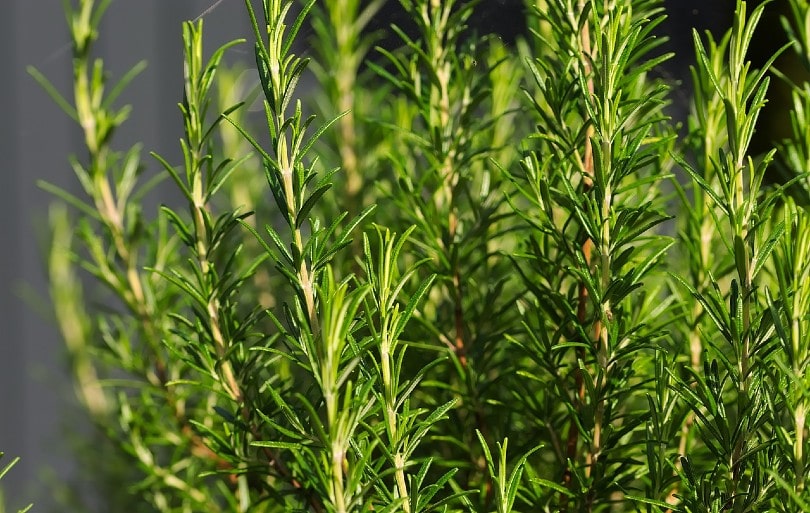
| Scientific Name: | Rosmarinus officinalis |
| USDA Hardiness Zones: | 7–9 |
| Sun Exposure: | Full sun/partial shade |
| Soil Type: | Well-drained, loamy, slightly acidic soil |
Rosemary is a beautiful shrub with evergreen aromatic foliage. It is also essential for enhancing the taste of your favorite cooked dishes! But did you know its woodsy, pungent aroma is also an effective cat repellent? Rosemary is the ideal plant for dry, poor soils. Plant it in a rockery, a small hedge, a garden, or a pot alongside plants you want to protect from curious felines!
6. Lemon Thyme
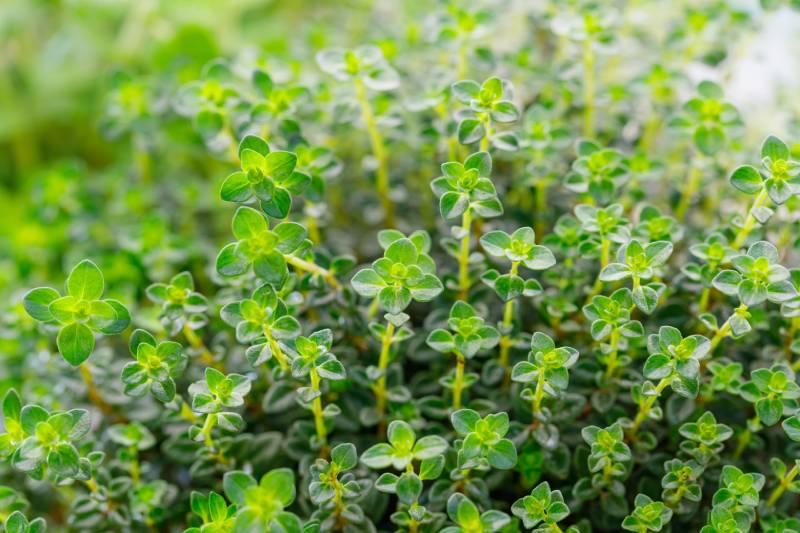
| Scientific Name: | Thymus citriodorus |
| USDA Hardiness Zones: | 5–9 |
| Sun Exposure: | Full sun |
| Soil Type: | Dry to medium, well-drained soil |
Lemon thyme is a variety whose evergreen leaves give off a nice lemon aroma that repels cats. This full-sun ornamental plant can be grown on borders, in a rockery in the vegetable garden, or embellish a sunny balcony. You can even plant it in poor, drained soil to scare away unwanted furry visitors!


Conclusion
Now that you know which plants act as cat repellents, you can protect your garden from clever felines! However, while these plants repel most cats, some kitties are unpredictable. It’s not guaranteed that any of these plants will be a 100% effective solution to keeping cats away from your garden.
For the best results, you should add another natural method of cat repellent, such as placing coffee grounds or citrus peels on areas where cats cause havoc. Finally, you can redirect their attention by planting catnip nearby to create a cat-friendly area for them to venture into safely!
Featured Image Credit: Fabrizio Guarisco, Shutterstock
